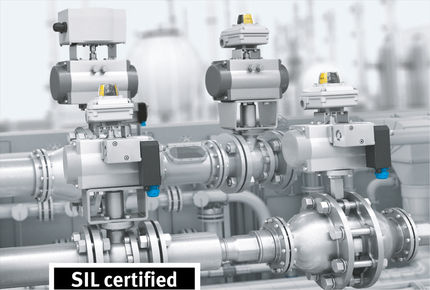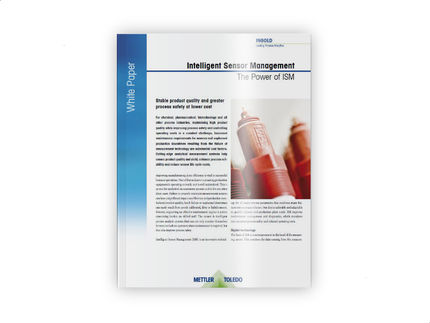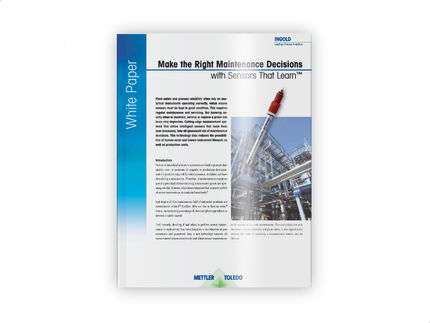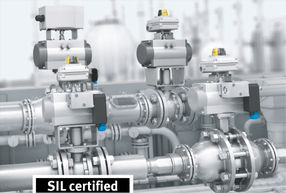Festo
Safe plants in the chemical industry

How to achieve the required safety level and increase productivity
Safety devices in process-industry plants are intended to reduce the dangers posed by these plants for human beings or the environment down to a level which is as low as possible. As risk rises, it is vital to lower the probability of dangerous failure on demand at every stage of the safety chain.
Depending on its danger potential, a particular plant will be assigned to a safety integrity level (SIL). In order to achieve the required SIL, it is necessary to consider the components on the one hand and the complete safety circuit on the other. The safety values of the components are shown in certificates.
However, this can lead to misunderstandings because, for example, some standard-specific details are not specifically mentioned in a certificate – being able to read and interpret certificates correctly is therefore an important prerequisite.
How often a component must be tested depends on the required SIL and the failure probability. These considerations have an important economic component. Products with a low risk of failure increase productivity. Low risk of failure means tests do not have to be carried out so frequently – or can even be completely omitted. This also means that production no longer must be stopped temporarily.
An illustrative example of efficient components in SIL circuits is a piston poppet valve from Festo, which is used worldwide in the chemical industry.
Advertisement






